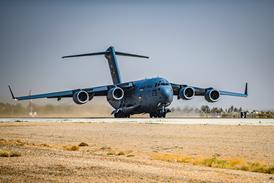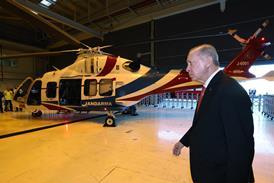New Zealand's defence ministry has issued a request for information (RFI) to modernise the pilot training capability of the New Zealand Defence Force (NZDF), warning that the present system compromises the "development of pilots' airmanship, including leadership and captaincy skills".
The nation's minister of defence, Wayne Mapp, said: "In future, pilots will train on fast and manoeuvrable aircraft which provide much more rigorous and realistic training.
"This will prepare them effectively for the demanding military flying they will be called upon to perform in service."
At present, training is carried out using the Pacific Aerospace CT-4E Airtrainer for basic training and the Beech King Air B200 for more advanced stages.
However, the RFI said that although the CT-4E Airtrainer is suitable for basic flying training, the larger aircraft has several limitations.
It stated: "The B200 King Air, although an excellent multi-engine lead-in and consolidation flying platform, has been assessed as being an unsuitable aircraft for advanced flying training, principally due to limitations in its capabilities and performance, such as limited manoeuvrability, limited visibility from the cockpit, limited excess power, sensitivity to turbulence and relatively low speed."
The RFI said the NZDF requires a "suitable advanced training aircraft with modern cockpit technologies", coupled with other training elements.
However, Mapp said the King Air fleet would still be needed for multi-engine and continuation training and utility transport tasks.
A project is under way to upgrade or replace the current King Airs, for which the lease expires at the end of June next year, he added.
The defence ministry will consider a number of options for the contract, including whether it leases or purchases the aircraft. Submissions are required by 14 November.
In a separate announcement, Mapp unveiled the country's Defence Capability Plan, which includes a call to upgrade the Royal New Zealand Navy's Kaman SH-2G Super Seasprite helicopters.
An August report criticised the fleet of five aircraft for failing to meet up-time standards.
Source: Flight International























